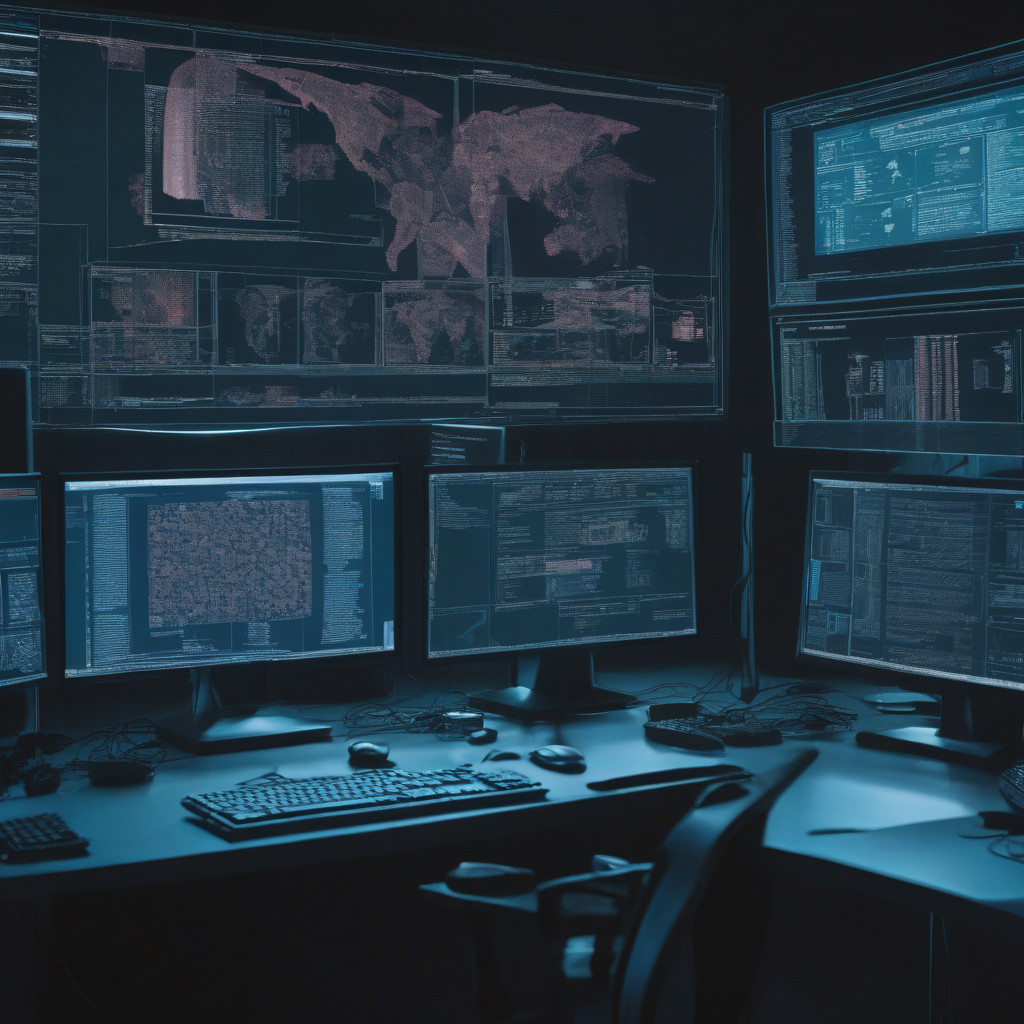In a concerning trend observed by cybersecurity experts, hackers are resorting to a stealthy tactic of concealing malicious code within seemingly harmless images. This alarming strategy aims to deploy dangerous malware like the VIP Keylogger and 0bj3ctivity Stealer in targeted campaigns. The implications of this approach are far-reaching, highlighting the evolving sophistication of cyber threats that organizations and individuals must combat.
According to findings detailed in the Threat Insights Report by HP Wolf Security, threat actors have been utilizing image files hosted on archive[.]org, a popular file-hosting platform, as carriers for their nefarious payloads. By embedding malicious code within these images, hackers can evade detection mechanisms and security protocols that typically scrutinize more obvious forms of malware delivery.
What makes this technique particularly insidious is the use of a common .NET loader across both campaigns. This loader acts as a vehicle for the installation of the final malware payloads, further underscoring the premeditated and organized nature of these cyberattacks. By leveraging a consistent method for deploying malware, threat actors can streamline their operations and maximize the effectiveness of their malicious endeavors.
The deployment of VIP Keylogger and 0bj3ctivity Stealer through this covert image-based approach represents a significant escalation in the sophistication of cyber threats. VIP Keylogger, as its name suggests, is designed to surreptitiously record keystrokes, potentially compromising sensitive information such as login credentials, financial details, and confidential communications. On the other hand, 0bj3ctivity Stealer is adept at extracting valuable data from compromised systems, posing a grave risk to both individuals and organizations.
In light of these developments, it is imperative for IT and security professionals to remain vigilant and proactive in their defense against such stealthy cyber threats. Implementing robust security measures, including advanced threat detection technologies and regular security audits, is crucial to thwarting attempts by hackers to infiltrate systems through covert means. Additionally, educating users about the dangers of opening suspicious image files and practicing safe browsing habits can help mitigate the risk of falling victim to these insidious malware campaigns.
As the cybersecurity landscape continues to evolve, with threat actors constantly refining their tactics to bypass defenses, staying informed and adaptive is paramount. By staying abreast of emerging trends such as the concealment of malware in images, organizations can better fortify their cybersecurity posture and safeguard their digital assets from malicious exploitation. Collaboration, information sharing, and a proactive stance against cyber threats are essential components of a comprehensive defense strategy in an increasingly hostile digital environment.
In conclusion, the emergence of hackers hiding malware in images to deploy VIP Keylogger and 0bj3ctivity Stealer underscores the need for heightened awareness and proactive security measures within the IT and development community. By understanding the tactics employed by threat actors and investing in robust cybersecurity defenses, organizations can bolster their resilience against evolving cyber threats and protect their valuable data and systems from exploitation. Vigilance, preparedness, and a commitment to cybersecurity best practices are essential in safeguarding against the ever-present dangers of malicious cyber activity.

